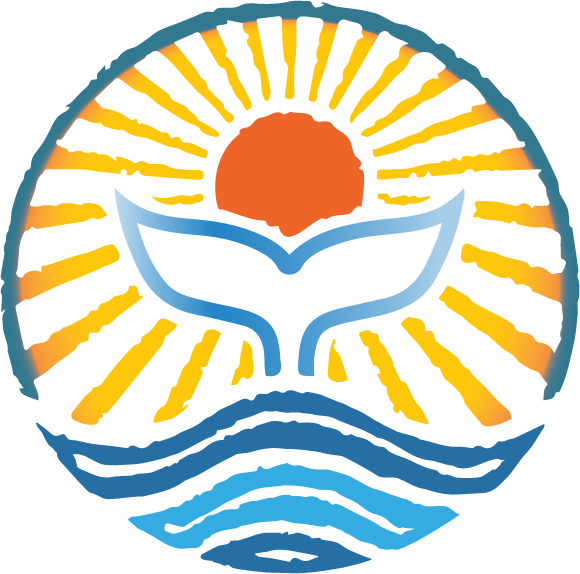HOW IT WORKS
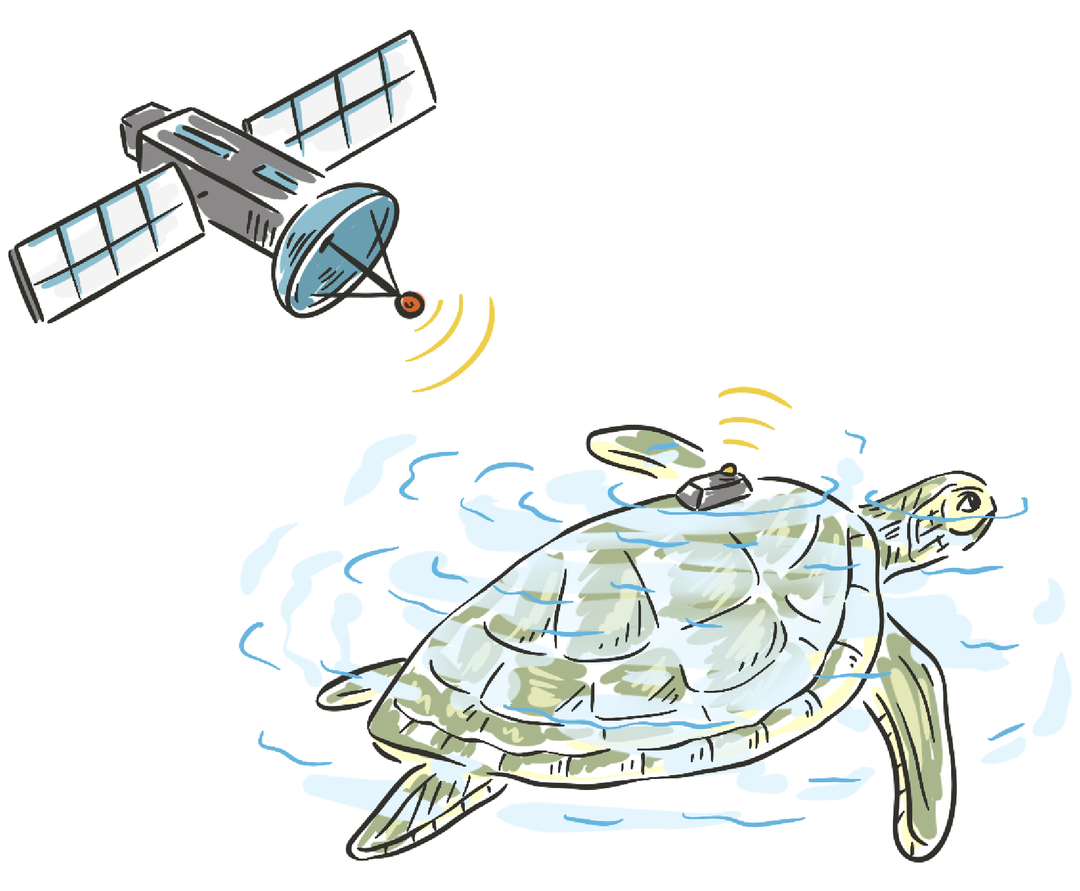
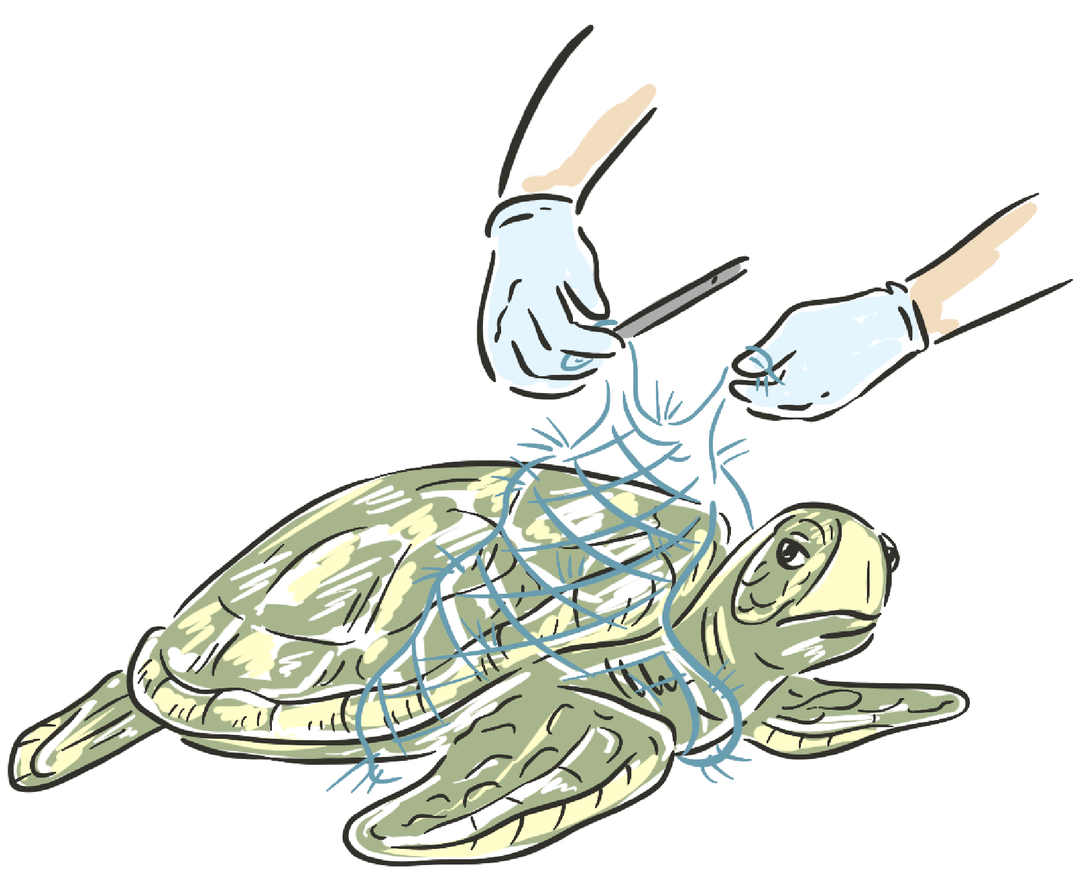
The sea turtle is rescued and rehabilitated at the Mote Marine Laboratory and Aquarium in Sarasota, FL.
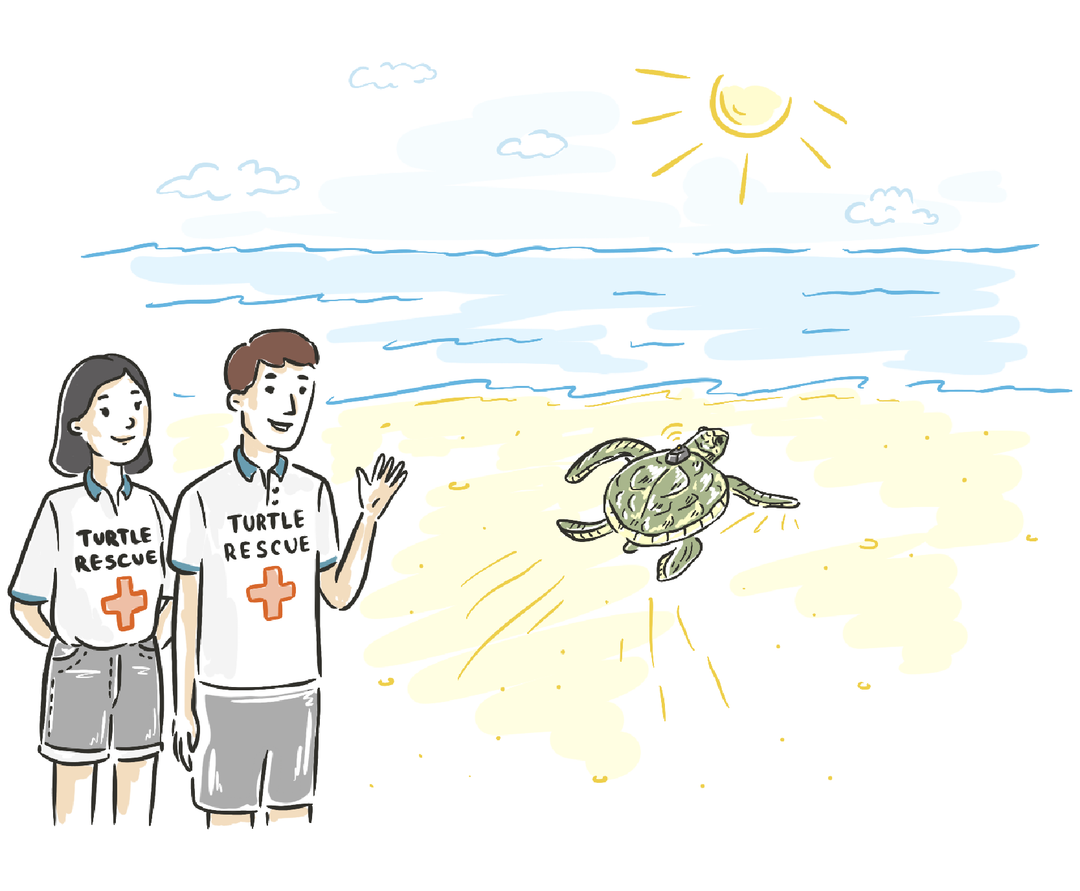
After a full recovery, the turtle is released with a small satellite transmitter.
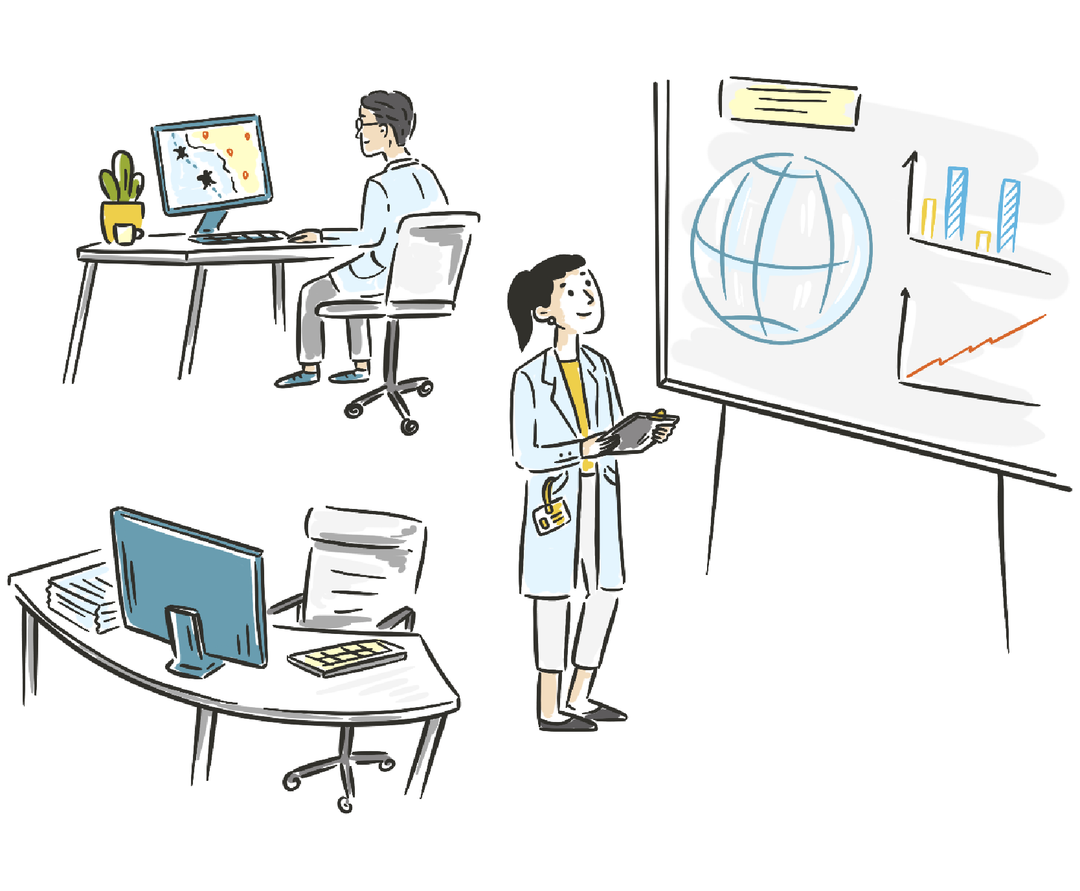
GPS data provides researchers with critical information to help better protect sea turtle populations!
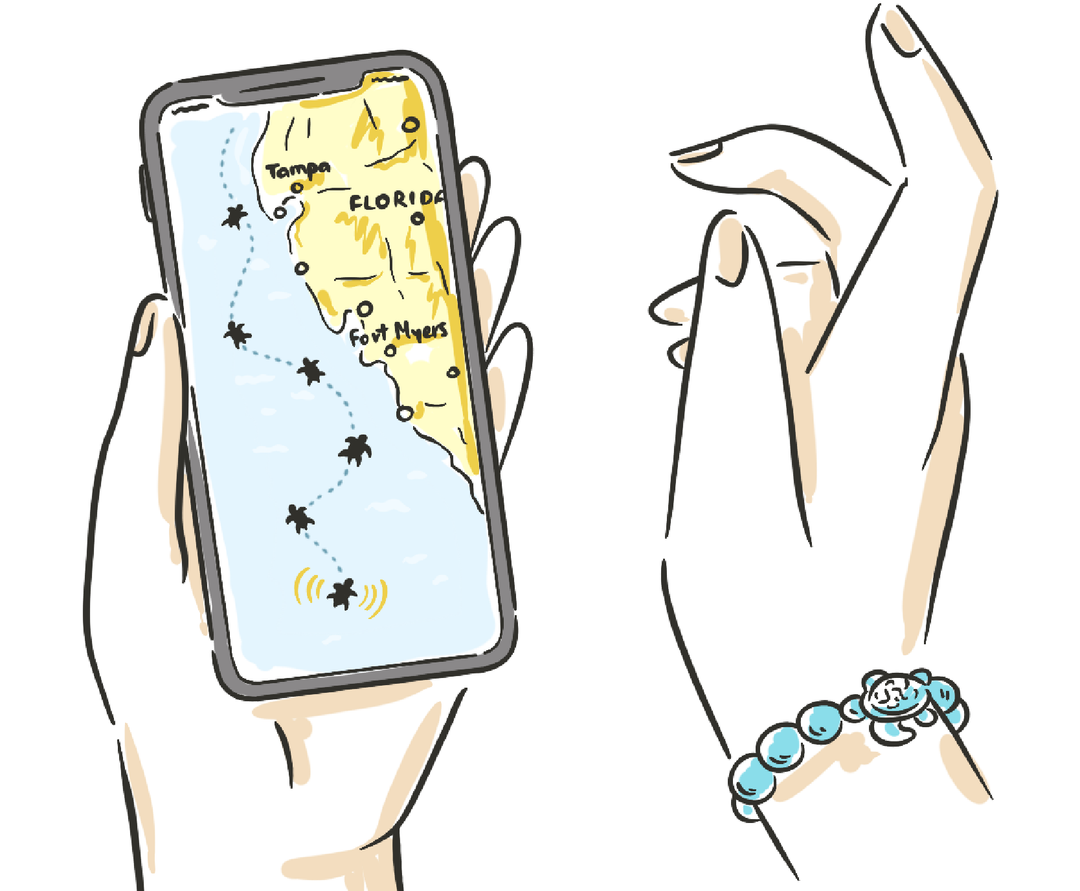
We get to follow along and track the turtle's amazing journey!
More About Sea Turtle Tracking
Each bracelet comes with a turtle information card that has a QR code so you can quickly access your turtle's tracking map! To use the QR code, simply point your iPhone or Android camera at the QR code, and a notification will appear for you to tap to see your interactive map. If you have any issues or questions, please contact us by clicking HERE.
Each bracelet you purchase comes with a different sea turtle to track! The number of turtles that are actively tracked by our partners at the Mote Marine Laboratory and Aquarium varies from 2 to 8 at any given time.
If you purchase more bracelets than the number of turtles being tracked, you will receive all of the active turtle cards plus a duplicate for each bracelet above the number of active turtles.
If you didn't receive your sea turtle tracking card with your bracelet, please contact us by clicking HERE and we will make sure to get you one ASAP!
Duplicate Cards:
If you received the same card as a previous order or duplicate cards within the same order, please contact us by clicking HERE.
Please note - the number of actively tracked turtles varies between 2-8 at any given time. If you order more bracelets than currently active turtles, you will receive all of the available cards plus a duplicate for each bracelet in excess of the number of active turtles.
Most likely not! There are several reasons this might occur and often the transmitter will begin sending signals after a period of time.
The transmitters are designed to send signals periodically in order to conserve battery life. In addition, the transmission must occur while the turtle is near the surface for the signal to be received. This means that in order to receive a new location, the turtle must be near the surface at the same time the transmitter is sending a signal.
Sea turtles are tracked to learn more about their behavior at sea, where their marine habitats are located, how they use these marine habitats, and the migratory routes traveled between habitats. The data collected helps scientists better protect sea turtles in all of their habitats.
No! The attachment methods used are designed not to harm the sea turtles or damage their shells.
